Romanticism
1/69
There's no tags or description
Looks like no tags are added yet.
Name | Mastery | Learn | Test | Matching | Spaced |
|---|
No study sessions yet.
70 Terms

Barry and Pugin
Houses of Parliament
1835
England
BEST EXAMPLE OF PICTURESQUE ARCHITECTURE

Henry Fuseli
The nightmare
1781
BEST EXAMPLE OF THE SUBLIME (PAINTING)

Francisco Goya
The sleep of reason produces monsters
From Los Caprichos
1798
Sublime
The dark side of man’s imagination

Gros
Pest House at Jaffa
1804
France
Political propaganda

Gericault
Raft of Medusa
1818-1819
Mans inhumanity to man
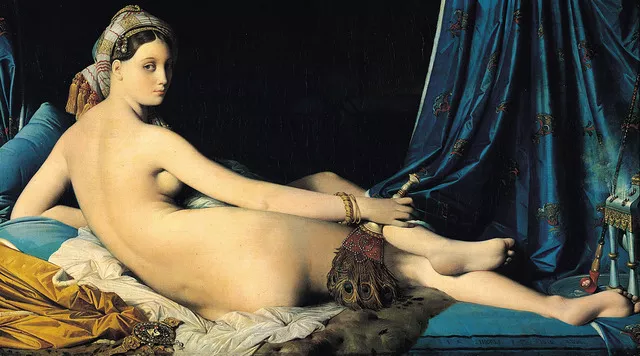
Ingres
Grande Odelesque
1814
Interest in exotic near east
LINEAR
PUSSIENIESTS

Delacroix
The death of sardanapalus
1827
Interest in exotic near east and sublime
PAINTERLY
RUBENIESTS
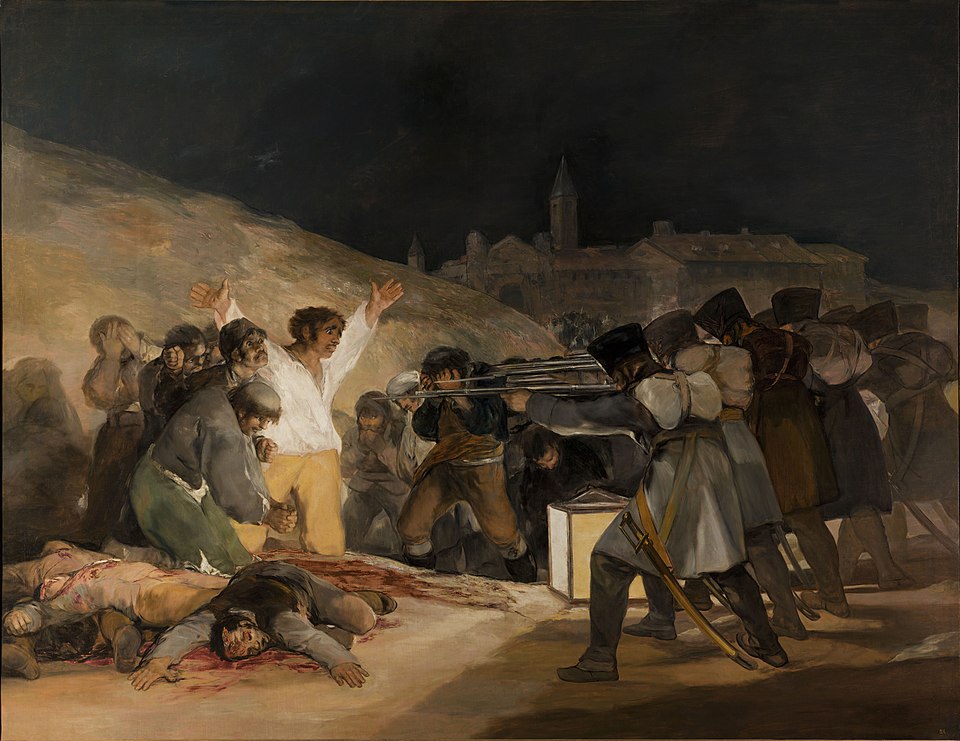
Goya
The third of may 1808
1814-15
Horror of war, Goya transition figure to modernism
Event that happens, before war ends
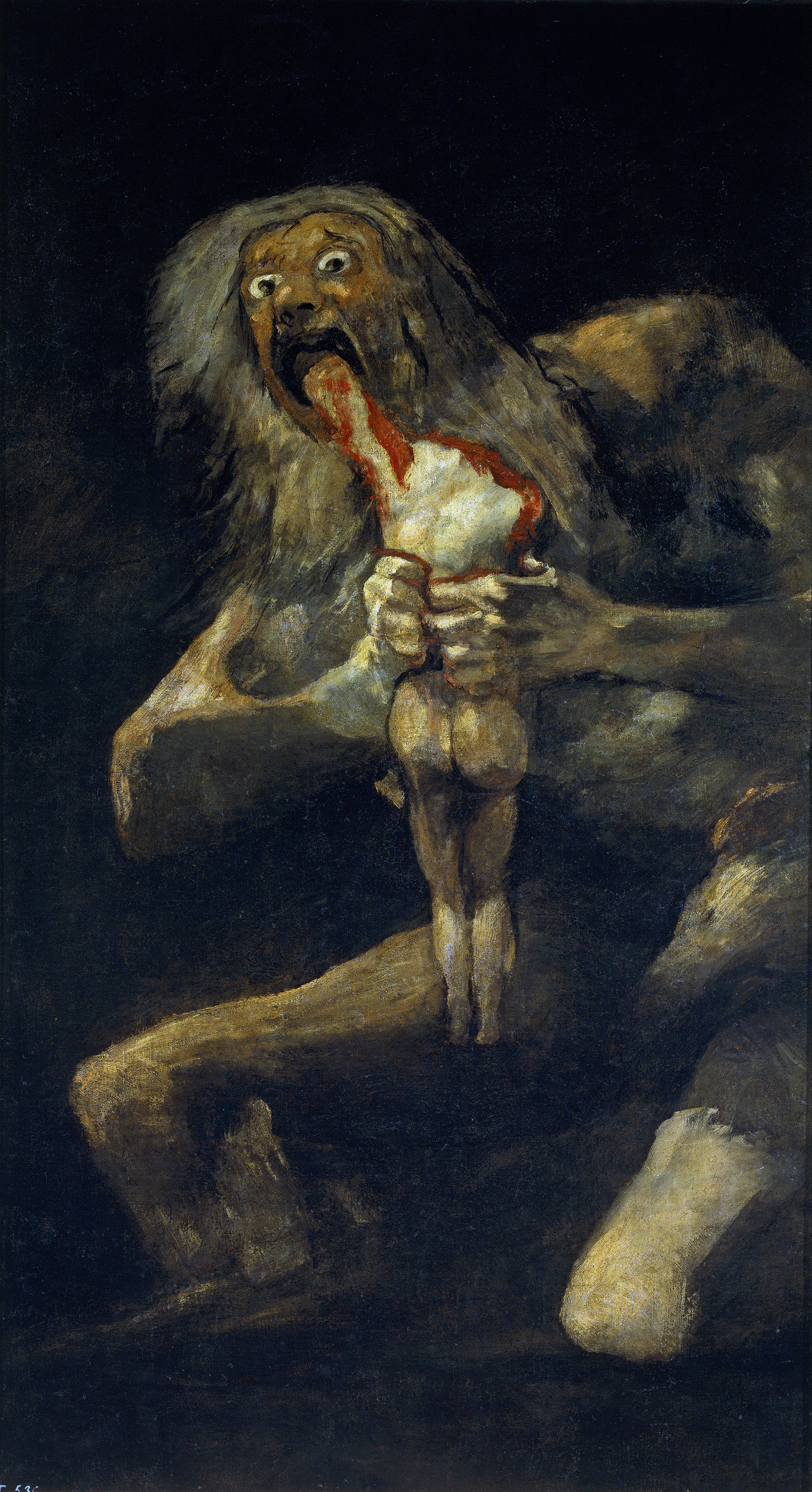
Goya
Saturn devouring his children
1819-23
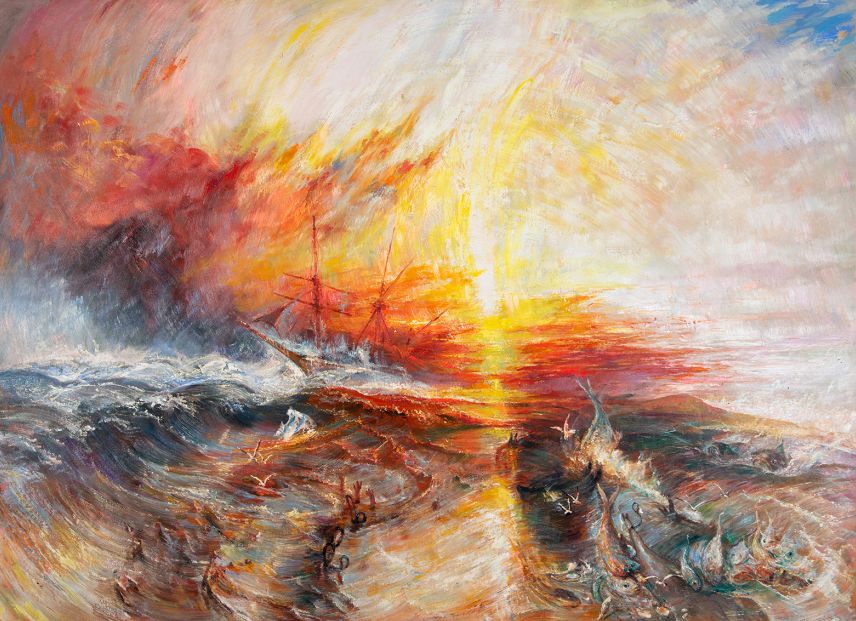
Turner
The slave ship
1840
Man’s inhumanity to man, man vs nature
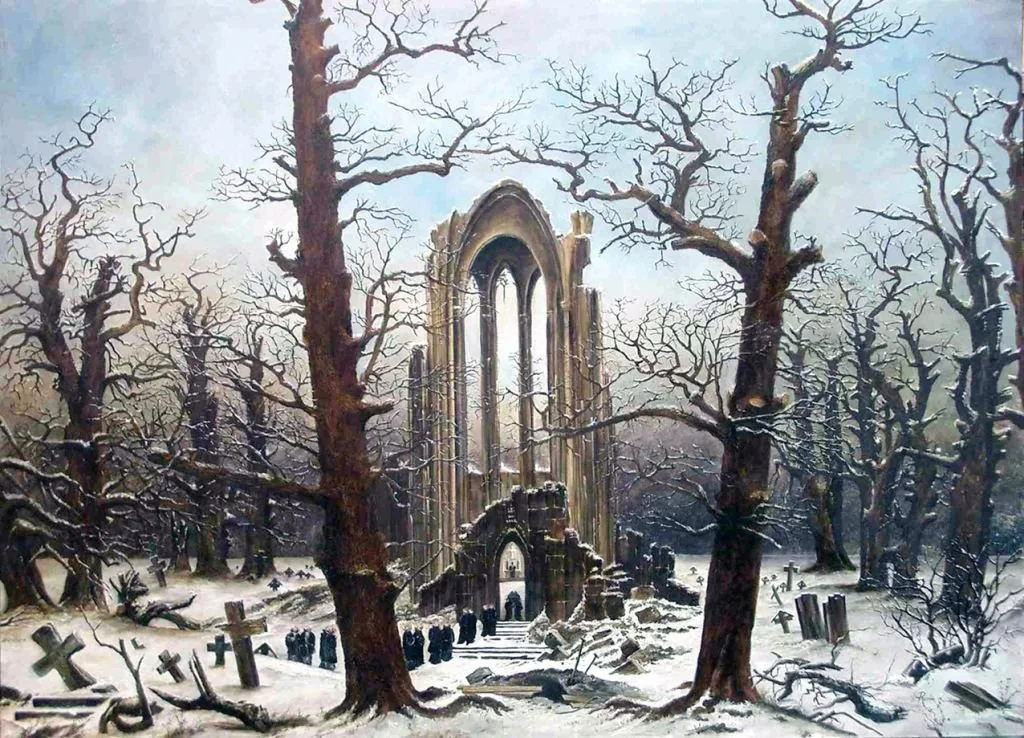
Friedrich
Cloister graveyard in the snow
1810
THE MINDS EYE, INNER EYE

Bierstadt
Among the Sierra Nevada mountains
California
1868
PANTHIESM TRANSCENDENTAL LANDSCAPE
MAN GOD NATURE
ROMANTICISM TAGLINE
INDIVIDUALITY AND IMAGINATION
Romanticism dates
1750-1850
100 YEARS
Romanticism is all about the
Individual
What is the revival style of romanticism
Neo classism
How do we have the gothic aesthetic?
Rasseou
How do we have the 3 aesthetics?
Rasseou
What are the 3 aesthetics
The sublime
The beautiful
The picturesque
best example of the picturesque
Barry and Pugin Houses of Parliament
Best example of Sublime
Fuseli the nightmare
What is considered holy?
Neo?
Gothic?
Neo no
Gothic yes
Gothic is a revival style of
Romanticism
best example of the beautiful
Stuart Hagley park
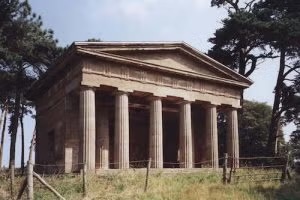
Is there still tradition in romantisim?
No, imagination
Who was Ruskin
Leading English art/ architectural critic of the Victorian era
Explain sublime
The sublime relates to our instinct for self-preservation, the strongest human emotion.
Qualities that arouse the feelings of the sublime: terror, vastness, obscurity, infinity, power, suddenness, pain, magnificence.
What did Edmund Burke state/write
A phisiophical enquiry into the origins our ideas of the sublime and the beautiful
Neoclassism is…
Greek and Roman antique past
When does the French rev end
1814
PANTHIESM…
God and nature are the same, there is no division
Who has social consciousness?
Geticault
Goya
Turner
Who made the black paintings?
Goya
What did Walt Whitman write
Leaves of grass
Greek and Roman
Middle age
Eqgytian
Antiquity
(John Pushkin)
MEDIEVAL ART
PUSSIENIESTS
INGRES
RUBENIESTS
DELACROIX
PAINTERLY
DELACROIX
LINEAR
INGRES
Romanticism has a. Origin
VERBAL
Who is the only transcendistic
USA
In romanticism people recognize
Difference between thoughts and feelings
Egalitarian means
Equal
No romanticism without
Enlightenment
All gothic has a
Verbal Origin
What was the first idea of verbal origin
Johann Goethe's (1749-1832) novel, "Faust," and the German "Storm and Stres literary movement.
Romanticism: A term describing qualities that colored most elements of European and American intellectual and cultural life from 1750-1850; literature, art, music, architecture, landscape gardening, philosophy, and politics.
Romanticism represents an attitude of mind rather than a set of particular stylistic traits.
Romanticism involves the expression of an idea that tends to have
father than a visual origin. For example, Johann
Goethe's (1749-1832) novel, "Faust," and the German "Storm and Stres literary movement.
Romanticism represents a revolt against restrictive conservatism, limitation, mindless imitation, and insincerity.
Romanticism represents a revolt against
restrictive conservatism, limitation, mindless imitation, and insincerity.
Why the desire for sublime and gothic revival
Neo classism enlightenment
True or false…
The concept of Mother Nature
1750-1800 Neo-Classicism; Thanks to the Enlightenment, man is now seen as being naturally good. On the other hand, Mother Nature is seen as being messy, slimy, and untamed. Remember, 'Classical beauty is ordered, balanced, and stable and clam. Thus, the best of nature is that which is tamed and geometric like a snowflake.
1800-1850 Romanticism: The idea of Mother Nature is now on the order of the Sierra Club. The attitude is to let her be what she is, informal, wild, with little or no structure. This gives way to the notion of the Sublime & Picturesque.
True
5 broad romanticism tendencies
Celebrates the individual
Strong faith in fundental goodness and eventual perfectibility of mankind
Saw nature as a model for harmony In society and art
View was egalitarian
Stressed the value of expressive abilities common to all, inborn rather than developed through training. Insisted on the primacy of the imagination in artistic expression . Heart vs head became one of the greatest conflicts of the 19th century
PANTHIESM =
USA and TRANSCENDENCY
Everyone in the enlightenment thinks
The same way
Goya las caprichos vs goya black paintings
Main idea:
Las - 1797-1789 published 1799, personally published, meant as criticism against the ruling class
Black- 1819-1823, not commissioned and not meant to leave his home, illnesss
Ruskin is a fan of Neo class
False m, he is not
Caprice meaning
An impulsive change of mind an inclination to change one’s mind impusively
Edmund Burke (1729-1797) was a major figure in the transition from the Neoclassical period to the Romantic era, particularly through his writings on aesthetics and political philosophy. While not a poet himself, his work, particularly "A Philosophical Enquiry into the Origin of Our Ideas of the Sublime and Beautiful," explored the distinction between the beautiful and the sublime, a distinction that would become a hallmark of the Romantic movemenT. Journalist, writer, literary critic, philosopher, parliamentary orator. Criticized French rev
Does the writing of Ruskin contradict romantic thought
Intuition and Imaginayion is all because of
Rasseou
Tradition in US
Eccentric and visionary
3 aesthetics all correspond to
Nature
Does philosophical inquiry inspire the sublime
Yes
Civil disobedience
Henry David Thoreau, key figure in American trans.In "Civil Disobedience," Henry David Thoreau argues that individuals have a moral obligation to resist unjust laws and government actions, even if it means facing imprisonment. He believes that conscience should be prioritized over legal compliance, particularly when the government's actions are immoral or violate one's personal values. Thoreau famously states that "That government is best which governs least," advocating for minimal government interference in people's lives
What book did Thoreau write
WALDEN
Henry David Thoreau was an American philosopher, poet, essayist, and environmental scientist. A leader of the New England Transcendentalist movement, he's best known for Walden, a book that reflects on simple living in nature, and his essay "Civil Disobedience",
19th century and the mindseye is
The beginning of modernism
Mindseye is
The Declaration of Independence for artists
“The heart is the only true source of art”
Friedrich
What is the mindseye
The "mind's eye" during Romanticism, a period that prioritized imagination and emotion, refers to the mental faculty of creating visual images and experiencing them internally
Orientalism
Romantic Orientalism refers to the incorporation of Eastern (primarily Asian and African) elements into the literary works of the British Romantic period (roughly 1785-1830). It signifies a fascination with the exotic, the unfamiliar, and the "Other," often used to explore themes of escape, emotion, and the sublime
Exotic near east
Exotic Near East romanticism refers to the artistic and literary fascination with the Near East (Middle East) and its culture during the Romantic era, which saw a heightened interest in the exotic, the foreign, and the sublime. This fascination manifested in various forms, including travelogues, literary works, and visual art, often portraying the Near East as a mysterious, alluring, and sometimes dangerous place